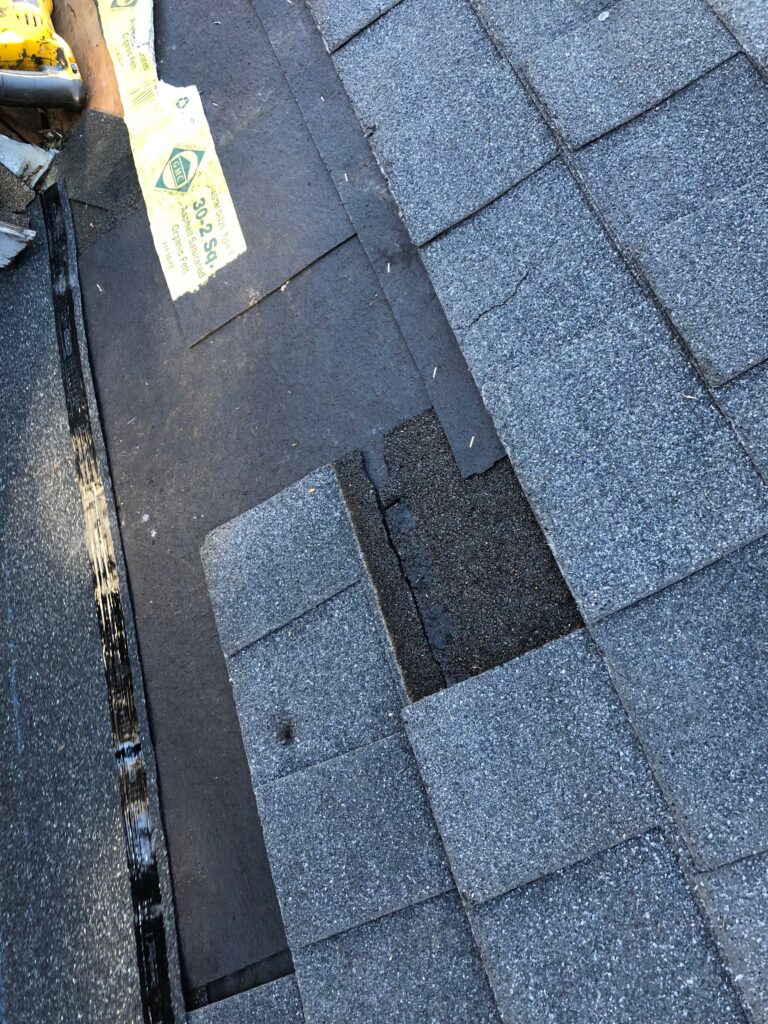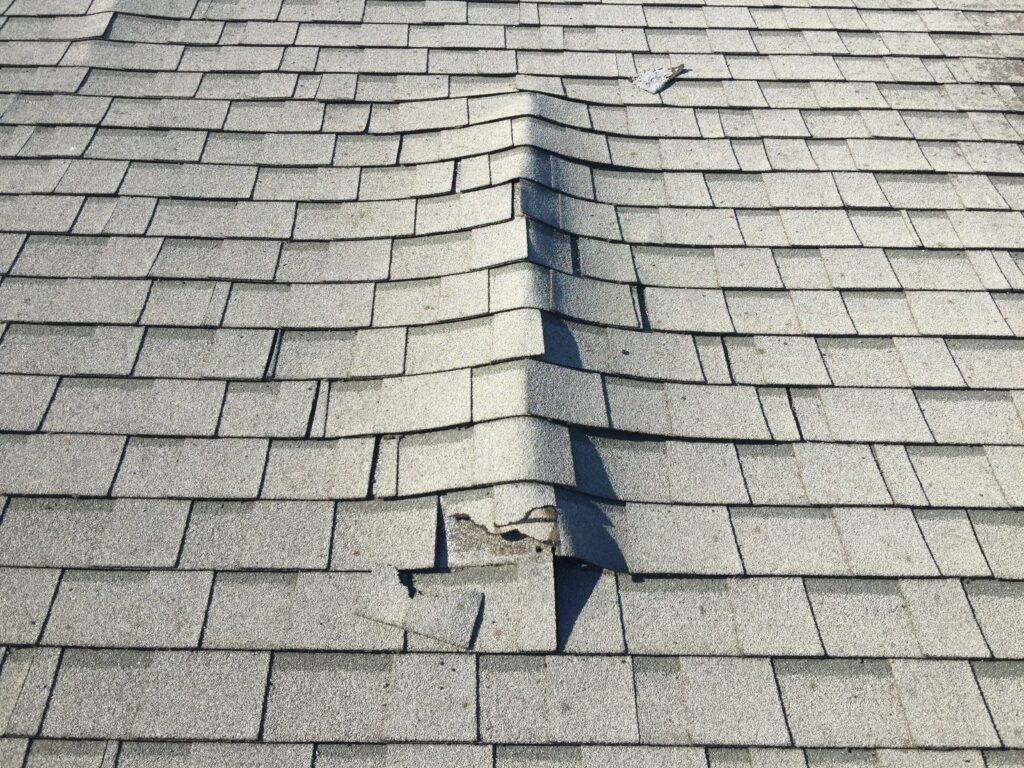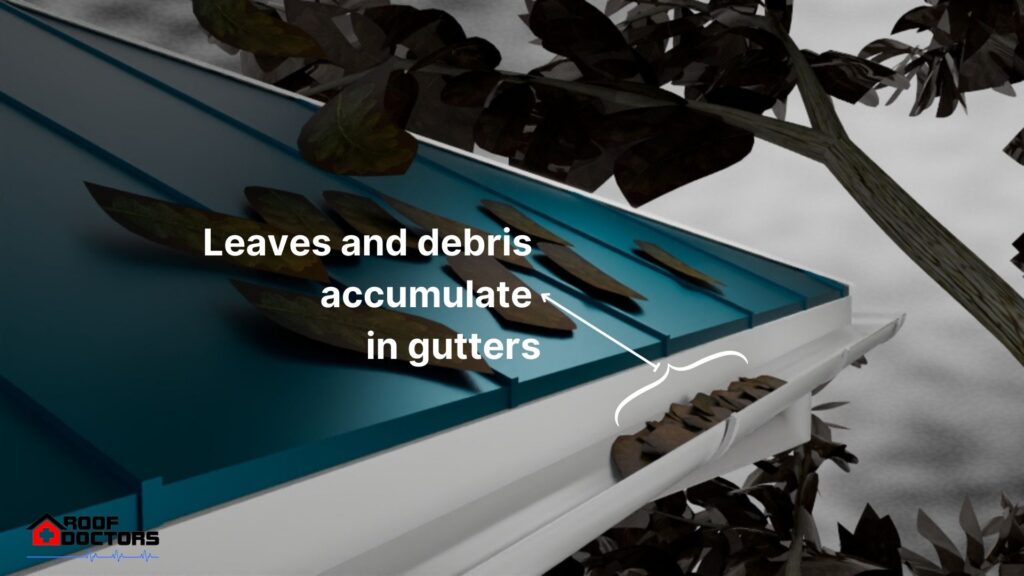Common Roof Problems in California Heat: California is known for its sunny climate, with temperatures often soaring during the summer months. While many people enjoy the warm weather, it can also pose challenges for homeowners – particularly when it comes to the longevity and performance of their roofs.
In this article, we’ll explore the most common roof problems Californians face in the heat, and some tips for prevention and maintenance.
1. Sun Damage
In California, the abundance of sunshine is a double-edged sword for homeowners. While it provides a pleasant climate, it can also lead to significant sun damage on roofing materials. Prolonged exposure to the sun’s ultraviolet (UV) rays can cause various roofing materials to deteriorate.
Asphalt shingles, for instance, may become brittle and crack, while wood shakes can warp and split. This type of damage can lead to leaks and reduced overall roof life.
| Prevention Tip: Applying a UV-resistant coating or opting for roofing materials with built-in UV protection can help prolong the life of your roof. Regular inspections and maintenance can also help identify and address sun damage before it becomes a significant issue. |
2. Heat-Induced Shingle Decay

Heat-induced shingle decay is also a common problem that homeowners in California face. High temperatures, especially during the summer, can accelerate the natural aging process of asphalt shingles, causing them to deteriorate more rapidly than in milder conditions.
This decay can lead to various issues that may compromise the roof’s overall performance and lifespan. Effects of Heat-Induced shingle decay include granule loss, curling, splitting, and reduced lifespan.
| Prevention Tip: Choose shingles designed to withstand high temperatures, such as those with a higher solar reflectance index (SRI) or cool roofing technology. Regular roof inspections and maintenance can also help identify and address shingle decay before it becomes a significant problem. |
3. Thermal Shock

Thermal shock occurs when a roof is subjected to rapid temperature changes, which is common in California due to the hot days and cool nights. This cycle can cause materials to expand and contract, eventually leading to damage such as cracks, splits, or warping.
Over time, this can compromise the roof’s integrity and lead to leaks or even structural issues.
| Prevention Tip: To minimize the risk of thermal shock, consider installing a roof with materials that have a high thermal expansion coefficient, such as metal or EPDM rubber. Additionally, proper attic ventilation can help regulate temperature fluctuations and reduce the impact on your roof. |
4. Blistering
In California’s hot climate, blistering is a common roofing problem that homeowners may encounter. High temperatures can cause air or moisture trapped within roofing materials to expand, leading to the formation of blisters. These blisters can eventually rupture, exposing the underlying roof membrane and making it vulnerable to leaks and further damage.
Blisters in asphalt shingles can cause the protective granules to dislodge, exposing the underlying asphalt layer to UV radiation and increasing the risk of leaks. While modified bitumen is generally more resistant to blistering, improper installation or extreme heat can still cause blisters, weakening the roof membrane and increasing the risk of leaks.
| Prevention Tip: Ensuring proper roof installation and using materials less susceptible to blistering, such as modified bitumen, can help reduce this risk. Additionally, regular inspections can help identify and address blistering before it causes more significant damage. |
5. Clogged Gutters and Downspouts

In California, where heatwaves can lead to rapid vegetation growth, clogged gutters and downspouts are common roofing problems for homeowners.
Gutters and downspouts can become obstructed with leaves, twigs, and other debris, which can cause water to pool on the roof or overflow onto the home’s exterior. This can result in a variety of issues, including leaks, structural damage, and even foundation problems.
| Prevention Tip: Regular gutter cleaning, particularly during summer, is crucial for preventing water damage. Installing gutter guards can also help keep debris out of your gutters and reduce the frequency of cleaning. |
6. Inadequate Ventilation
A poorly ventilated attic can cause heat to become trapped, leading to excessive temperatures in the attic and on the roof surface. This can exacerbate many of the issues already mentioned, such as blistering and shingle decay, and may even cause the roof decking to warp.
| Prevention Tip: Ensure your attic has proper ventilation, including soffit and ridge vents, to help regulate temperatures and prevent heat buildup. It’s also essential to regularly inspect and maintain your ventilation system to ensure optimal performance. |
Final Thoughts
The California heat presents unique challenges for homeowners in maintaining the integrity and longevity of their roofs. By understanding the most common roof problems caused by California heat, homeowners can take proactive steps to prevent and mitigate these issues.
Choosing appropriate materials, applying protective coatings, ensuring proper ventilation, and conducting regular inspections and maintenance are all essential measures to protect your roof from the harsh California heat and prolong its lifespan.
Ultimately, investing time and effort in preventative maintenance will help safeguard your home from potential damage, keeping it safe and comfortable for years.


